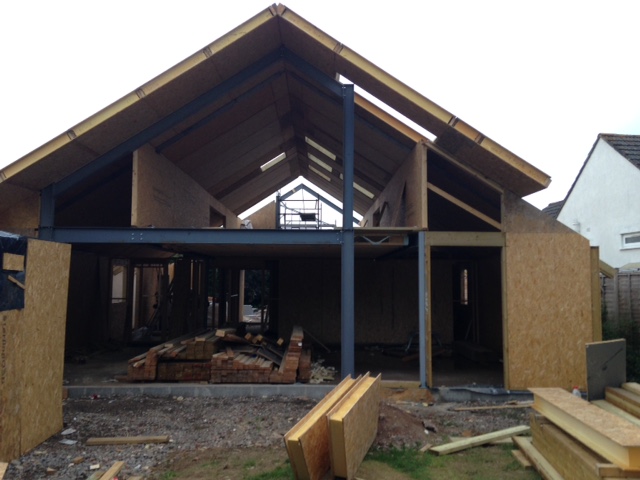CO2
We live in a time of ever increasing clamour about climate change and who to blame for it.
Frequent flyers are an easy target because so many of them are politicians.
Road transport is another easy one, although trucks are unfairly blamed – a diesel truck engine running in a narrow power band is less polluting than a diesel car with a 7,000rpm capability. But that’s okay because the manufacturers will have given up trying to sell their ICE cars well ahead of the 2030 ban.
Our politicians talk of Britain being carbon neutral by 2050. That’s sadly only too easy to achieve. If all of our manufacturing is done by the Chinese with their coal-fired power stations and shunted across the World in Chinese owned oil burning ships of course the UK will be carbon neutral.
Sadly I must report that the building industry is one the main sources of CO2 on the planet and the blame for that must be put directly to architects and engineers. Oh, and mortgage providers. Oh, And the Romans!
Two thousand years ago the Romans were making bricks, left out in the sun to harden. As the empire moved into cold Northern Europe they found the need to oven bake the bricks to harden them.
We’re still using oven baked bricks although the process of baking them is immensely power hungry and the cost of fuel continues to rise.
Likewise steel. Developed in the nineteenth century the use of steel was central to the Industrial Revolution. But its production is vastly more power hungry even than bricks. Its use could be massively reduced in most modern buildings.
As an architect I’ve found engineers only too keen to specify oversized steels when timber or laminated timber would suffice structurally and be easier to fit.
To put this into perspective I quote from Steve Webb, an engineer(!), who has calculated the cost of materials using trips to the supermarket by Range Rover as a unit.
So one trip to to the supermarket by Range Rover costs 400g of CO2
A brick facade requires 253 tonnes of CO2 equally 632,500 trips to the supermarket by Range Rover.
Bloomberg’s new building in London included 15,500 tonnes of steel, equivalent to 116 million Range Rover shopping trips!
The Bloomberg building won the Stirling Prize for Architecture but really we need to be taxing such excess rather than celebrating it.
As far as possible I use SIPs construction in my work and I work with an engineer who respects my insistence on using as little steel as possible.
SIPS gives us very good insulation which allows a low level of heating to be used in a house. A combination of PV panels and air source heat pumps coupled with whole house ventilation delivers this for us.

again!